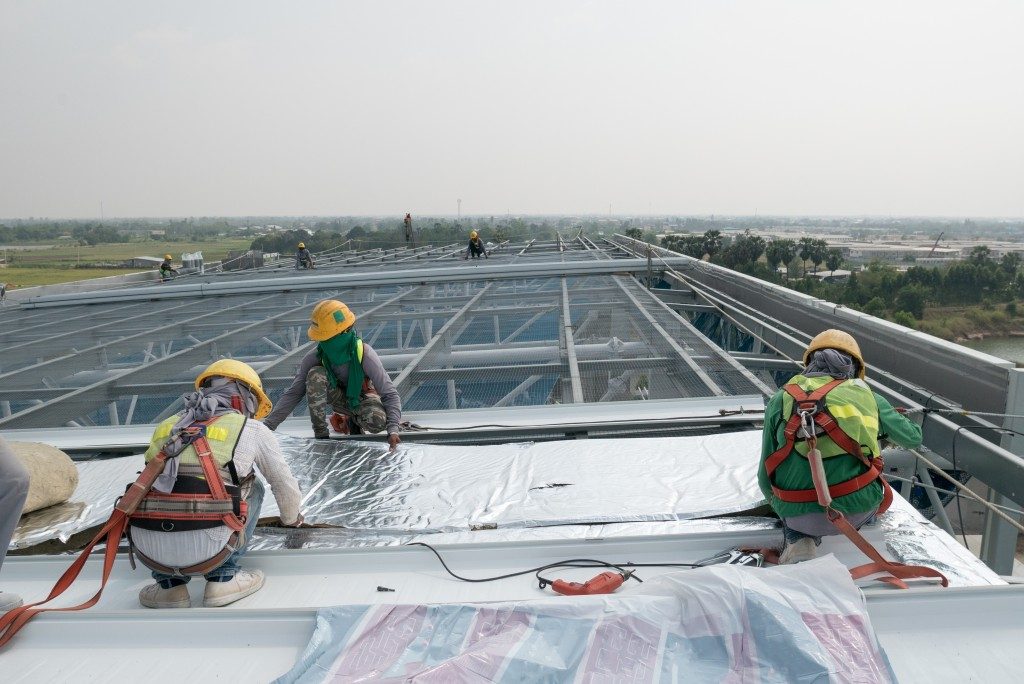Flat roofs are the most commonly used type of roofing for commercial buildings these days. These are primarily laid horizontally, but have a minor incline. This is because they offer an expansive space for the installation of different appliances on the roof, and are inexpensive and quick to install. One of the primary drawbacks of commercial flat roofs is water ponding. This is usually connected to the accumulation of water for 48 hours on the roofs after precipitation due to several factors.
Without prompt commercial roof repair by a Provo-based professional, water ponding could lead to the deterioration of your roofing material. In time, this results in the development of leaks and in extreme cases, its complete breakdown. Combined with the accumulation of sand and debris on your roof, water ponding also results in the growth of vegetation on your roof. Mold is the common type of vegetation that thrives in this environment and, in most cases, will cause the condemnation of your building.
The following are your available solutions for water ponding on a flat roof:
Enlarging Existing Drains or Installing Additional Ones
Flat roofs have drains installed in different sections for the drainage of water from the roof. These drains might, at times be inadequate for the water that accumulates on your roof. That said, your roof repair expert will recommend the installation of additional drains or the enlargement of the existing ones. Enlarging your current drains is recommended for flat roofs in areas where there is a lot of debris, as this allows the debris to be washed away into the drain rather than block their opening.
Raising Your Roof’s Level
Water ponding generally occurs on the low areas of your roof where there are no drains installed. To avert this, you can raise the low area. Flat roof raising is often done through the addition of an insulating layer. By doing so, water in the raised area is efficiently channeled into the drains around it.
Lowering the drains
The drains of your roof might have been installed too high to drain the water on your roof. Lowering the drains will adequately address the water that is ponding on your roof. The drains, in this case, can be recessed into your roof’s deck, lowered into the walls, or tapered to improve water drainage.
Re-pitching the Roof

In some cases, the pitching of your flat roof might not have been done adequately during its installation. This problem arises from an unprofessional flat roof installation. The solution, in this case, is to re-pitch your roof. Though this is the most complicated and expensive solution for water ponding, it is also the most efficient.
Most business owners will assign employees to sweep off the water that has formed ponds on their flat roofs and believe that the problem has been sufficiently handled. This is, however, a temporary solution to a significant and recurring issue. Water ponding is usually a pointer to underlying problems with your roof’s installation or its maintenance. That said, addressing the issue through any of the above methods is essential. This will also avert other flat roof problems in the future.






